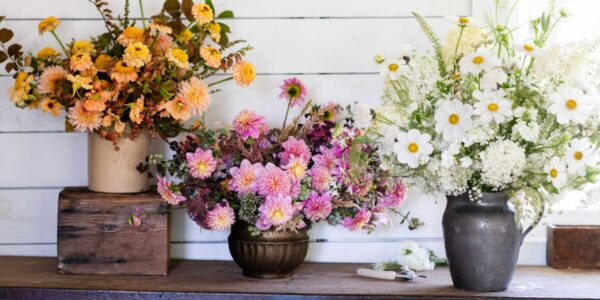
This Is the Best Time to Plant Your Native Garden—Here’s How to Do It
Winter is go time for gardeners devoted to native plants. Here’s how to take full advantage of the season to reap the benefits in spring.

Move over, holiday-spiced beverages! For us, winter is still peak planting time—where planning is finally put into action and the conditions for our local plant species are at a prime. Looking to have a healthy, well-established habitat by spring? The key to success is getting them into the ground right—here are our key steps for transplanting triumphantly.
Know Your Plant Community
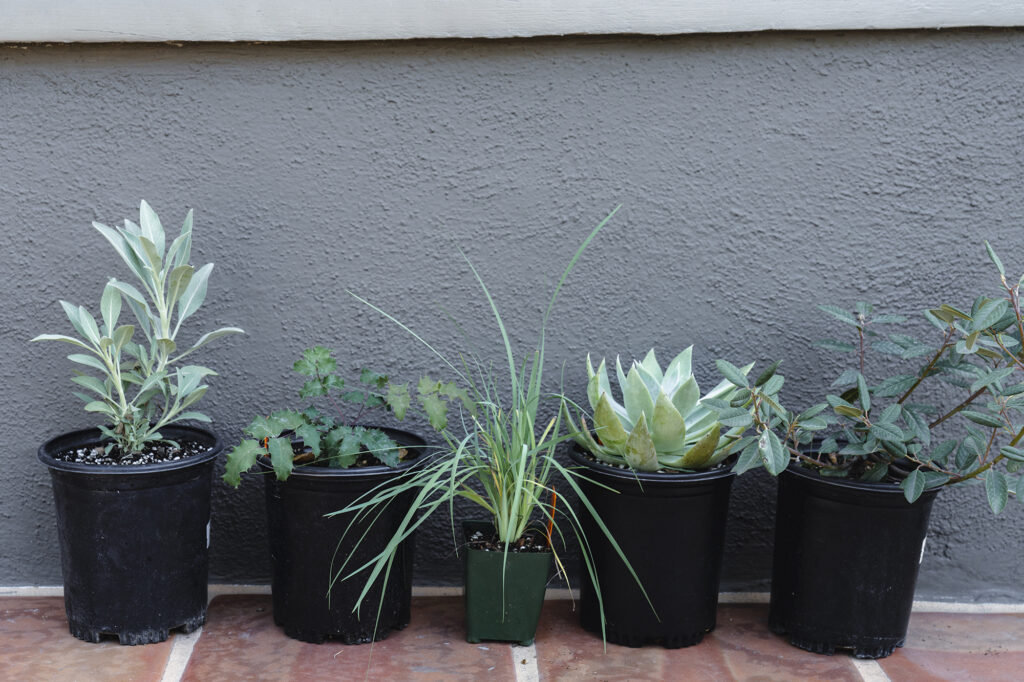
Thomas J. Story
By selecting the appropriate plants for your specific location, you are not only restoring localized plant diversity but setting yourself up for growing success. Shrubs of the chaparral have vastly different needs from those located in a central oak woodland or northern coastal scrub, so look up your personalized plant community online by Zip Code to identify the key plants that will take to your area with ease.
Size Matters
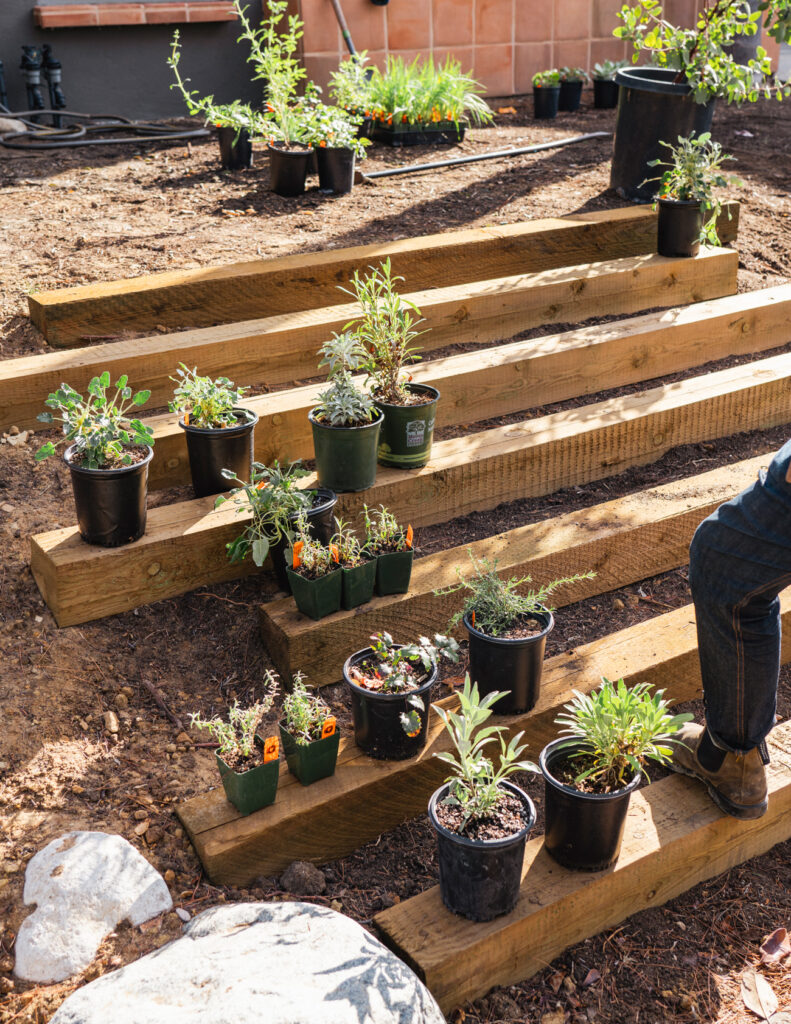
Thomas J. Story
Start with plants that are 1 gallon or smaller. Not only will you be able to fill in a larger area on a budget, but smaller plants have less transplant shock and lower water use. Larger plants are often root-bound and grow at a slower rate when transplanted; you’ll be surprised by how quickly your smaller starts will take off.
Soak Session
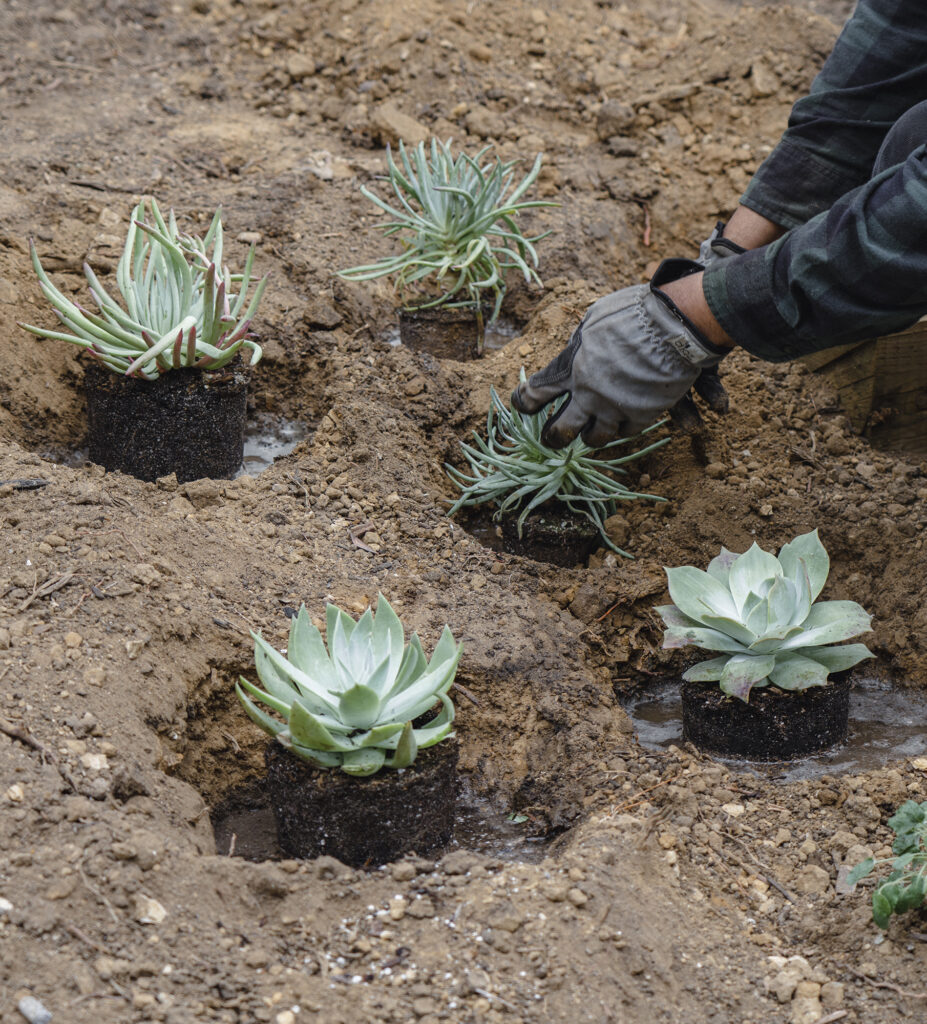
Thomas J. Story
The most important part of native plant health and longevity is getting them into saturated soil. First, dig a hole twice as wide as your nursery container, then fill the hole completely with water and allow it to drain. Continue to fill and drain the hole 3–4 times to adequately soak the surrounding soil and in turn promote deep root growth.
Stay Grounded
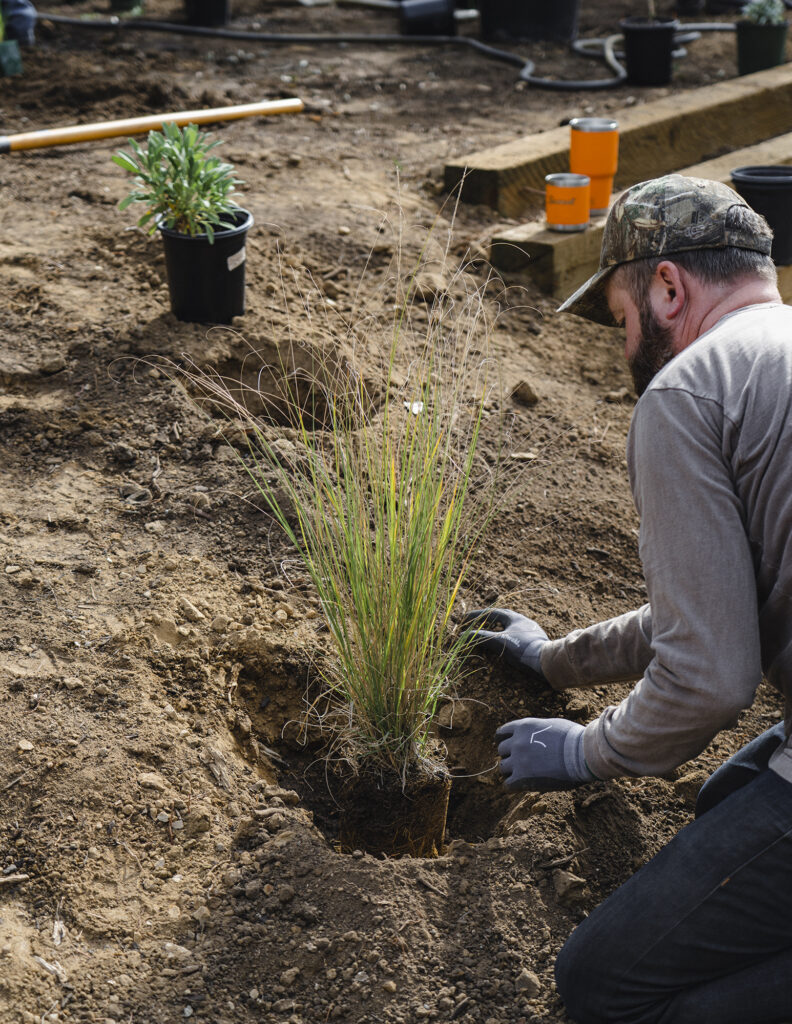
Thomas J. Story
When it comes to placing the plant into soil, thou shalt not amend! Refill planting holes with original soil only. If fertilizer or rich garden soil are added, the roots will be less likely to grow outside of the planting area, which can cause them to tangle and suffocate the plant. Finally, scoop soil away from the leader trunk to avoid rot. Encourage ecology by placing a “nurse rock” to the south side of the plant which will aid in establishing roots and retaining soil moisture.
Weed, Water, and Wait
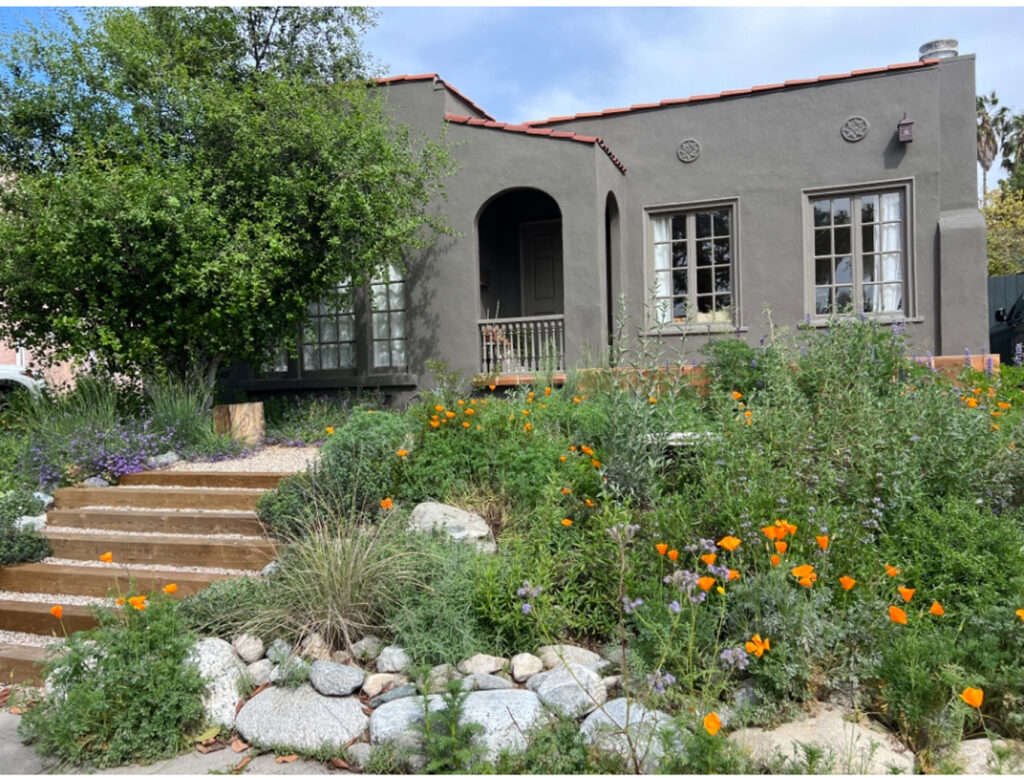
Hugh Garvey
While ongoing care is going to be more minimal than non-native landscaping choices, you’ll still need to remove weeds and do some initial watering so plants can establish quickly. Supplement water during fall and winter if rains are light; refrain from watering more than once a month during summer. Get to know your selections as some require no water at all during their dormancy periods.
Native habitats take a little patience, but they are worth it. Know going into the process that plantings won’t show incredible signs of growth until the second year. Now stand back, relax, and get ready to be rewarded in the seasons ahead!
